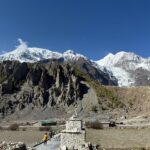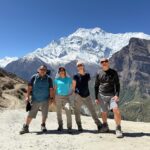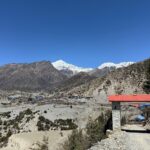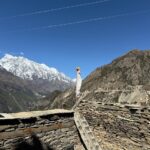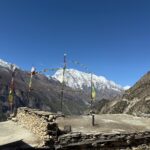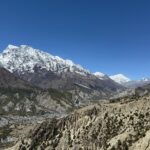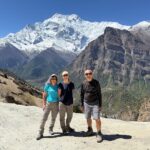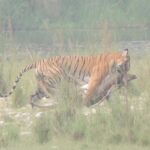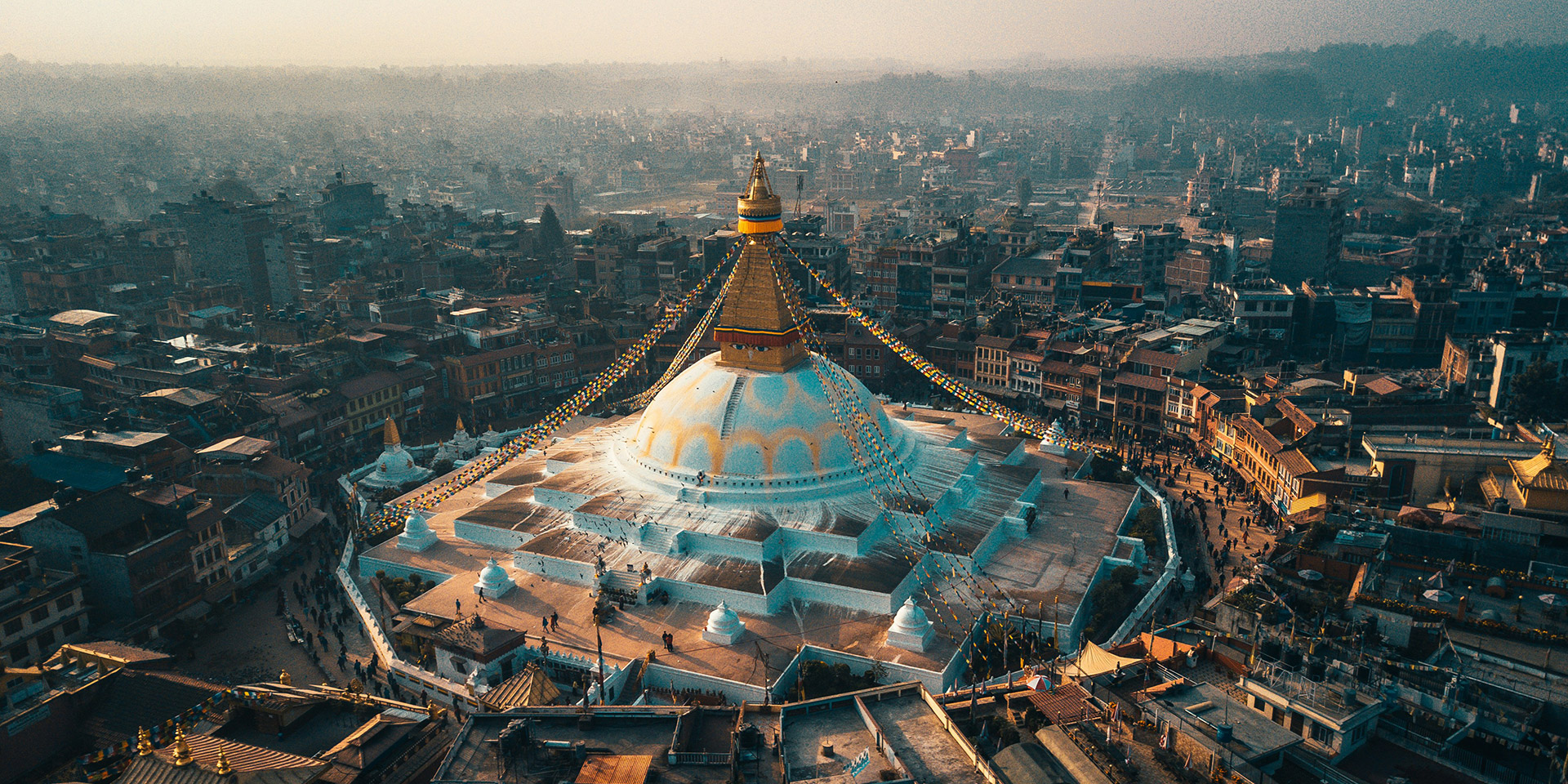
How Many Days Are Enough to Explore Kathmandu?
How Many Days Are Enough to Explore Kathmandu? Ideally, 3–5 days allow you to experience its rich culture, heritage, and vibrant streets. Nepal’s capital is just a stopover for most visitors on the way to trekking the Himalaya. The logic behind this is simple: there are many idyllic country villages beyond the peripheries of Kathmandu, and hustle and bustle in the capital means never-ending traffic jams with no public metro systems, or even traffic lights, anywhere to be found. But stay here a while, and you’ll be amazed how quickly Kathmandu works its magic on you. They come for a day, and stay six months.
You’ll see why as soon as you take to the streets. There is a spirit that you feel when walking the Hindu pagodas of Durbar Square, and that you smell in the incense smoke billowing from the Buddhist stupas. And we dare you to feel anything other than beguiled after watching your first Nepal sunset from a rooftop. As the sun drops behind the green foothills of the Himalaya, Kathmandu and its attendant chaos fades below your shoes and perch you and peace with the the world.
To help you make the most of your time in the Nepalese capital, here is a mini-guide for how to make the most of your stay, whatever the duration — one day or five.
24 hours in Kathmandu
If you’re spending just a day in Kathmandu, it’s likely part of a stopover on your way to a more remote adventure in Nepal. No need to worry, as you can take a “greatest hits” walking tour that showcases the city’s many UNESCO World Heritage Sites. Despite its size, Kathmandu is quite walkable.
During the day, start your walking tour at Durbar Square and the royal palace, Hanuman Dhoka, a complex of structures that spans several acres in the city center. Founded in the 4th century during the Licchavi period, its legacy continued through the Malla and Shah dynasties. This area is the historic and cultural heart of the city, but like many places, it suffered significant damage in the 2015 earthquake, and renovations are still ongoing.
In Durbar Square, you’ll also find a modest house known as the Kumari Chen. This is the residence of the Kumari, a young girl believed to be the living embodiment of the warrior goddess Durga. If you pass through a small doorway at 4 pm, you can enter a little courtyard and catch a glimpse of Nepal’s “living goddess” as she peeks out from a second-story window. The Kumari is selected as a child and lives here, away from her family, until she reaches adolescence, at which point a new Kumari is chosen.
Other attractions around Durbar Square include Nasal Chowk, the large courtyard at the main entrance, where you’ll see the Narsingha Statue (representing the deity Vishnu), the Sisha Baithak audience chamber of the Malla Kings, and the five-story Panch Mukhi Hanuman Temple. You’ll surely be impressed by the stunning architecture of these Hindu temples, crafted by the Newar people, the earliest inhabitants of the Kathmandu Valley. Today, the Newars make up about half of the valley’s population.
2 to 3 days in Kathmandu
Three days is a great amount of time to explore Kathmandu’s iconic sights and take day trips to historic landmarks nearby. If you plan your time well, you could even fit both city tours and day trips into just two days. Alternatively, you could make it a sightseeing tour of the Kathmandu Valley and leave on the fourth day.
On your first day, be sure to visit Durbar Square and explore Thamel. Take some time to shop for souvenirs like handcrafted Nepali leather bags or Tibetan singing bowls. You might also want to check out the beautifully maintained Garden of Dreams, a serene courtyard and green space next to Thamel, designed in the style of an Edwardian garden. With its ponds, fountains, and pavilions, it offers a peaceful retreat from the bustling heart of Kathmandu.
The following day, focus on Kathmandu’s Buddhist stupas. Start with Boudhanath, situated on the northeastern edge of the city. This UNESCO World Heritage Site, which dates back to the 6th century during King Mānadeva’s reign, is one of the largest spherical stupas in Nepal. Even older is the Swayambhunath Stupa, dating to the 5th century and located within the city. Commonly known as the Monkey Temple, it’s well-known for its large population of rhesus monkeys.
If you have some extra time, consider taking a day tour to visit the other Durbar Squares in the Kathmandu Valley. There are two more, both of which are UNESCO World Heritage Sites. One is in the historic city of Patan (now called Lalitpur), just south of Kathmandu, and the other is in Bhaktapur, to the east of the capital. Together with Kathmandu, these three cities were once part of the ancient Malla kings’ dynasties. In Bhaktapur, you can see Nyatapola, the most impressive five-story Hindu temple in Nepal.
4 to 5 days in Kathmandu
If you’re planning to stay in and around the capital but have a few extra days, you can explore the city and also take a short trek around the Kathmandu Valley. Start your adventure by spending the first day in central Kathmandu, where you can explore Durbar Square, shop for souvenirs, and enjoy a meal in Thamel.
On the following day, visit the Buddhist stupas and take day trips to the historic towns of Bhaktapur and Patan. In Patan, begin your sightseeing at Durbar Square, focusing on the expansive Mul Chowk plaza. Don’t miss the Golden Temple, a 12th-century Buddhist monastery, and the Krishna Mandir Hindu temple, built by King Siddhinarsingh Malla in 1637.
After spending two or three days enjoying the cities, it’s time to venture out and partake in one of Nepal’s most beloved activities: trekking. There are several short hikes that make for great day trips, such as a 6-to-8-hour hike up Phulchowki, the highest hill near Kathmandu at 9,127 feet (2,782 meters).
Another option, which can be completed in as little as three hours, is a hike from southeast Kathmandu Valley through the pine forests of Dollu Valley. This trail takes you past stupas and monasteries, leading to the summit of Champadevi, the third-highest hill near the capital at 7,378 feet (2,249 meters).
For a fantastic introduction to hiking in Nepal, consider the Balthali Village Trek. This brisk three-day hike takes you through stunning areas in the Kathmandu Valley rim. You’ll visit traditional towns like Panauti, rich in Newari culture, before climbing higher to farming villages and Buddhist stupas that offer breathtaking views of the Himalayas.

